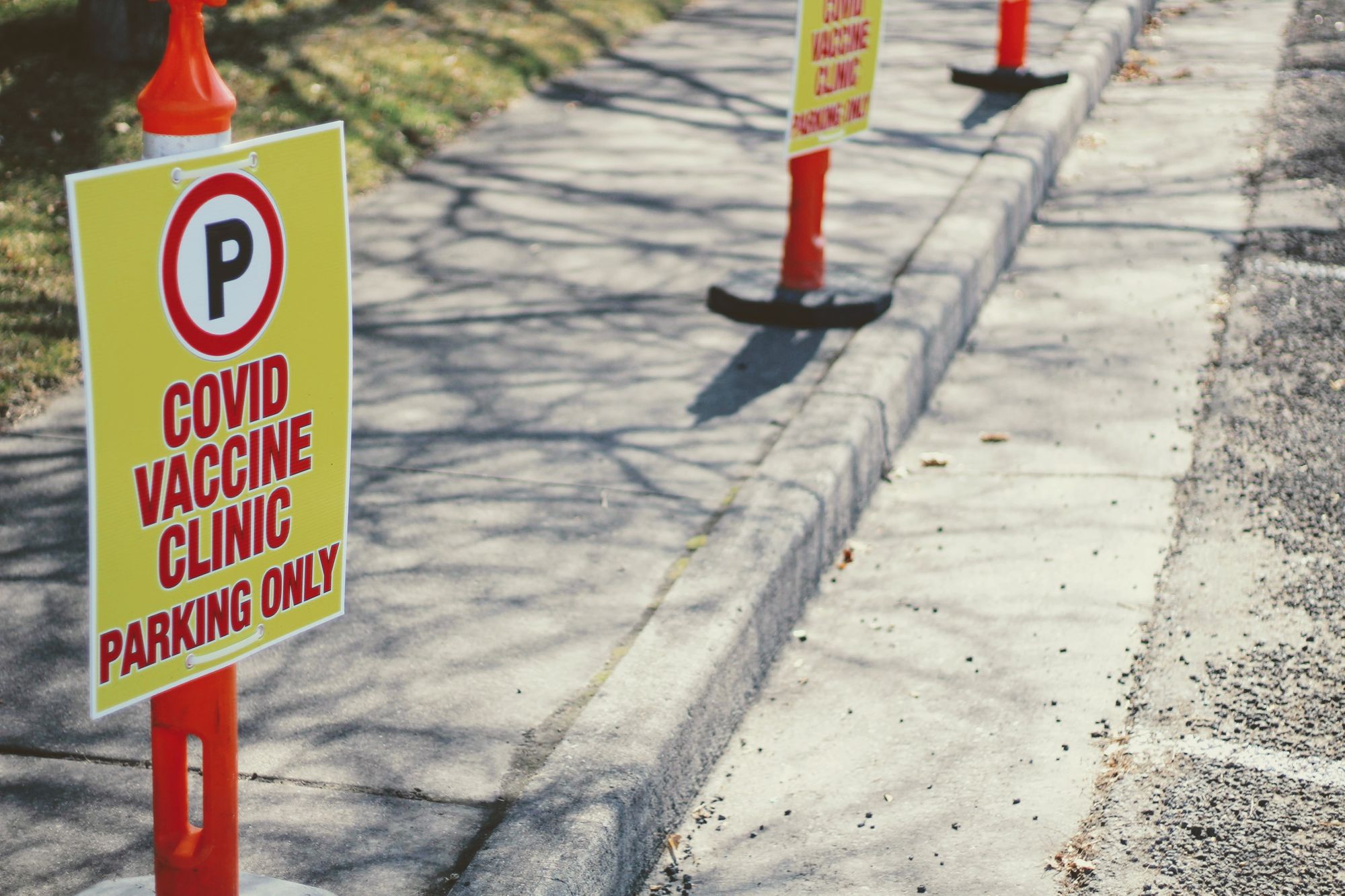Header image: Fusion Medical Animation on Unsplash
More than a year since the U.S. first went into lockdown, it's hard to believe there are still some things we don't know about COVID-19, immunity, and vaccines. But, science is a long and winding road, and though the U.S. is vaccinating three million people every day, it'll be years more before we know the full societal impact of SARS-CoV-2.
Here's what we still don't know about COVID-19:
How long does natural immunity last?
Thus far, COVID-19 reinfection is relatively rare. Studies conducted suggest that a mixture of antibodies and T-cells, developed when a person naturally recovers from an infection, should keep them from being reinfected for at least eight months. Protection could potentially last for years, though we'll only know for sure if a study is conducted on a large enough group of individuals who a) suffered a COVID-19 infection, and b) never received a coronavirus vaccine. If, say, 2,000 of those individuals are studied in three years and none became reinfected, it will be likely that immunity lasts significantly longer than once thought.
Further clouding the picture are studies showing that neutralizing antibodies among healthcare workers rapidly declined following COVID-19 infections that resulted in mild symptoms. Of course, the body still has T-cells that can fight pathogens, and B-cells that "remember" COVID-19 and can make new antibodies to fight it.
So, even if antibody levels decrease over time, our immune systems still might be able to protect us from future infection, though it's unknown how more transmissible variants complicate matters.
The simple answer to the above question, then, is "at least eight months." However, deeper analysis is needed to provide a more precise conclusion.
How long does vaccine immunity last?
The answer to this question is even murkier. Natural infections have been around in the U.S. for more than a year, but significant numbers of Americans have only been immunized for a few months, leading to mostly guesswork.
Pfizer and Moderna say their two-shot vaccines last at least six months. Immunologists believe, however, that they'll both likely provide protection for longer than that, perhaps a year, before starting to taper off in effectiveness.
Even in that "tapering off" period, those who received the vaccine should still have some antibodies, and a new COVID-19 infection might be milder than an infection without any protection.
Then there's the issue of variants. So far, experts believe the vaccines currently in use will offer protection against the variants that originated in the U.K., Brazil, South Africa, and California. This is because vaccine-developed immunity inspires a robust T cell response, which can be effective for a longer period of time than antibodies alone.
So, the answer to the above question is still "we don't know," but it's a good "we don't know." The vaccines aren't 100% effective in preventing COVID-19 infection, but they are basically 100% effective at preventing hospitalization and death. The worst-case scenario is if researchers find that infection prevention wears off significantly after a year, in which case an annual booster may be required.

Where exactly did SARS-CoV-2 come from?
It will take years to pinpoint exactly how and when the coronavirus jumped from animals to humans, and we may never have a satisfactory answer. Most researchers believe bats were likely the initial source, though it's unclear if there was an intermediary animal (like a pangolin) involved before it made its way into humans.
The much-discussed "wet market" in Wuhan likely helped the virus spread in December 2019, but it probably wasn't where the virus emerged. Some experts believe the first human infections that caused the virus to spread occurred in late November or early December that year, but it's also possible the virus jumped to humans before that and there simply wasn't a superspreader event that alerted authorities to its existence until later. Other research indicates that the virus was spreading in Wuhan as early as October 2019, and may have evolved in that time to become more transmissible in humans.
Researchers disagree on if it's possible that the virus originated outside of China and infected individuals in Wuhan through contaminated frozen food. The WHO is exploring this theory, though there were no global outbreaks in food factories around this time, so frozen food is somewhat unlikely to be the initial catalyst.
Then, finally, there's the theory that SARS-CoV-2 was accidentally released from a laboratory, potentially the Wuhan Institute of Virology. WHO epidemiologist Ben Embarek calls this "extremely unlikely" based on tests and interviews with WIV staff over the past year. Chinese officials haven't always been the most forthcoming with the WHO, however, and the lab theory is a potential touchy subject for international diplomacy.
Former CDC director Dr. Robert Redfield believes that the virus came from a lab, perhaps even with malicious intent, though he admits there isn't strong evidence to back up the claim. The State Department is encouraging the Chinese government to be more transparent and allow further inquiry into the matter.
For the time being, the natural bat-to-human (perhaps through an intermediary) pipeline is still considered the most likely scenario.
What's the overall death rate of COVID-19?
You can do some back-of-the-envelope math on this, but you'll still get a pretty wide distribution of outcomes. The idea of an "overall" death rate is also a little misleading, since the virus (up to now) has been far, far more deadly in the elderly than in young people. The overall death rate is also likely to change, since:
- New variants may be more deadly than the original virus, but...
- Widespread immunization will make new infections less deadly
Let's just take a look at all the data we have so far and see what we come up with.
As of this writing, the U.S. has recorded 559,219 deaths due to COVID-19, with 30,931,178 confirmed cases. That's a death rate of 1.8%.
But, we've known for a long time that there are a significant number of infected individuals who never show symptoms, or have symptoms so mild that they don't think they have COVID-19 and never get tested. The CDC estimates that, between February and December 2020, there were actually 4.6 times as many people infected with COVID-19 than officially reported. That number was likely even higher in the early months of the pandemic, when testing wasn't widely available and the virus was not well understood.
For our purposes, we'll estimate that a higher proportion of individuals who were infected from January 2021 to the present were tested and accurately recorded, and nudge that number down to 4. That leaves us with 559,219 deaths and bumps us up to 123,724,712 infected Americans, ~37% of the overall U.S. population. That's a death rate of ~0.45%.
Again, this number is a very rough estimate, and ignores the fact that the death rate for those over 80 is higher by at least an order of magnitude, and extremely small for children.
We know way more about SARS-CoV-2 than we did one year ago, with new studies emerging nearly every day. That being said, some major societal questions regarding long-term immunity and when the pandemic will officially be declared over remain.
About the writer: Jonathan Harris is a writer for Inside.com. Previously, he wrote for The Huffington Post, TakePart.com, and the YouTube channel What’s Trending.




